Chiropractic Care for Auto Injuries in Rhode Island | DeCrescenzo Chiropractic
Have you been in an auto accident? Our chiropractic care provides effective, non-invasive treatment for injuries sustained in car accidents, helping you recover quickly and safely. Schedule your consultation today to start your recovery!
Convenient Offices in: East Providence / Pawtucket / Providence / Central Falls
Chiropractic Care for Auto Injuries in Rhode Island
Auto accidents can result in a wide range of injuries, from whiplash to back pain, leaving you with chronic pain or limited mobility. At DeCrescenzo Chiropractic, we specialize in treating auto injuries with chiropractic care that targets the root cause of your pain and helps you recover without surgery or medications. Our personalized treatment plans, which may include [specific treatments or techniques], are designed to provide fast relief and long-term recovery.
Common Auto Injuries Treated with Chiropractic Care
Chiropractic care is highly effective in treating many common injuries caused by auto accidents. These include:
- Whiplash: Sudden, forceful neck movement during a collision can lead to neck strain and stiffness, known as whiplash.
- Lower Back Pain: The impact of a car accident can place strain on the lower back, causing pain and discomfort.
- Herniated Discs: A collision can cause the discs between the vertebrae to rupture or bulge, leading to nerve compression and pain.
- Soft Tissue Injuries: Auto accidents often cause damage to muscles, ligaments, and tendons, resulting in pain and limited mobility.
Chiropractic Treatment for Auto Injuries in Rhode Island
At DeCrescenzo Chiropractic, our chiropractors are highly skilled and experienced in treating auto injuries using non-invasive techniques that promote healing and relieve pain. You can trust us to address the underlying issues caused by your accident, ensuring you receive the most effective treatment for your recovery.

Spinal Manipulation
Following an auto injury, spinal manipulation can be crucial in restoring proper alignment of the spine and reducing pain. This gentle, hands-on technique helps to realign vertebrae that may have been jolted out of place, reducing nerve irritation and promoting healing.
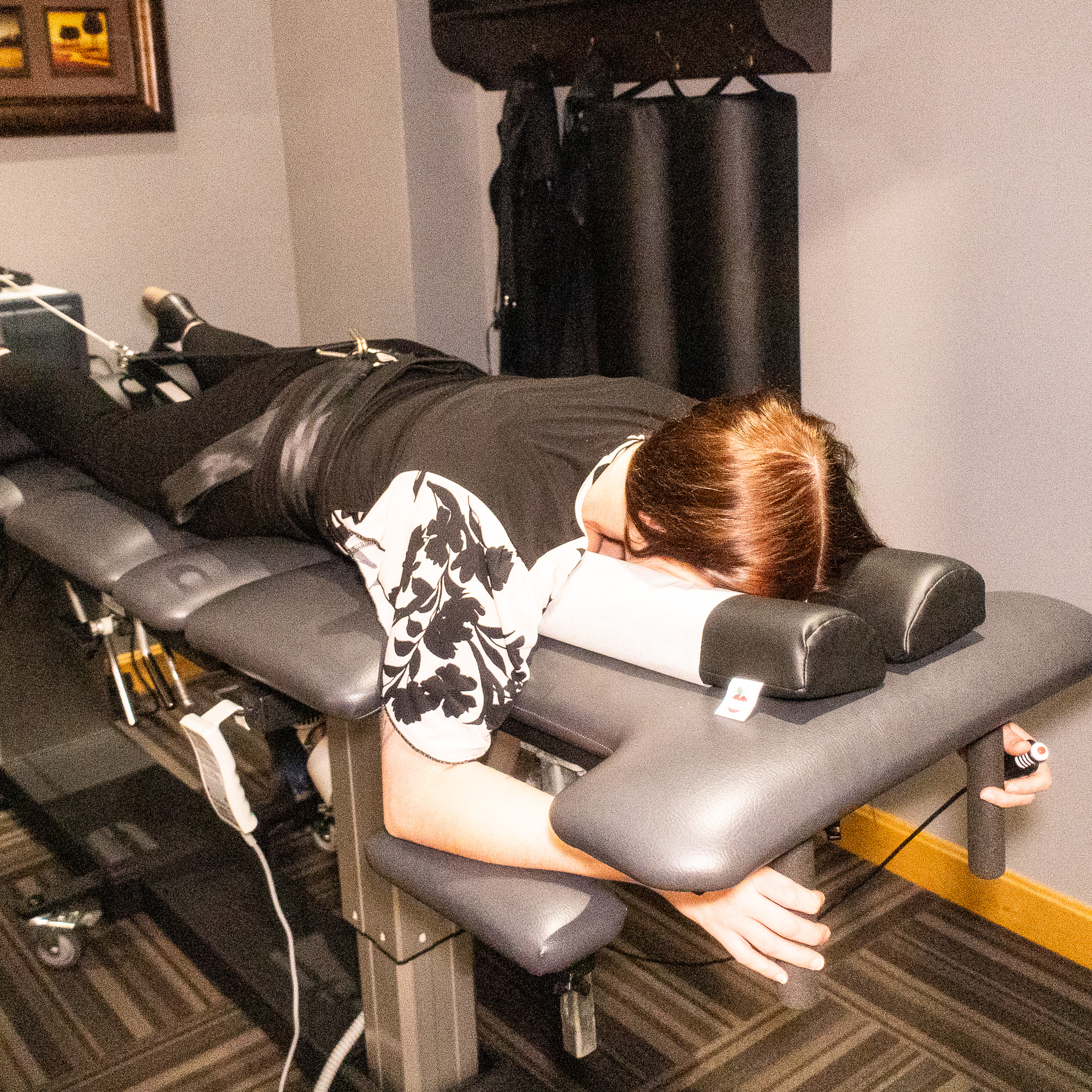
Decompression
Decompression therapy can help alleviate pressure on spinal discs that may have been compressed or herniated during an auto accident. By gently stretching the spine, this technique creates negative pressure within the discs, promoting retraction of herniated material and reducing pain.
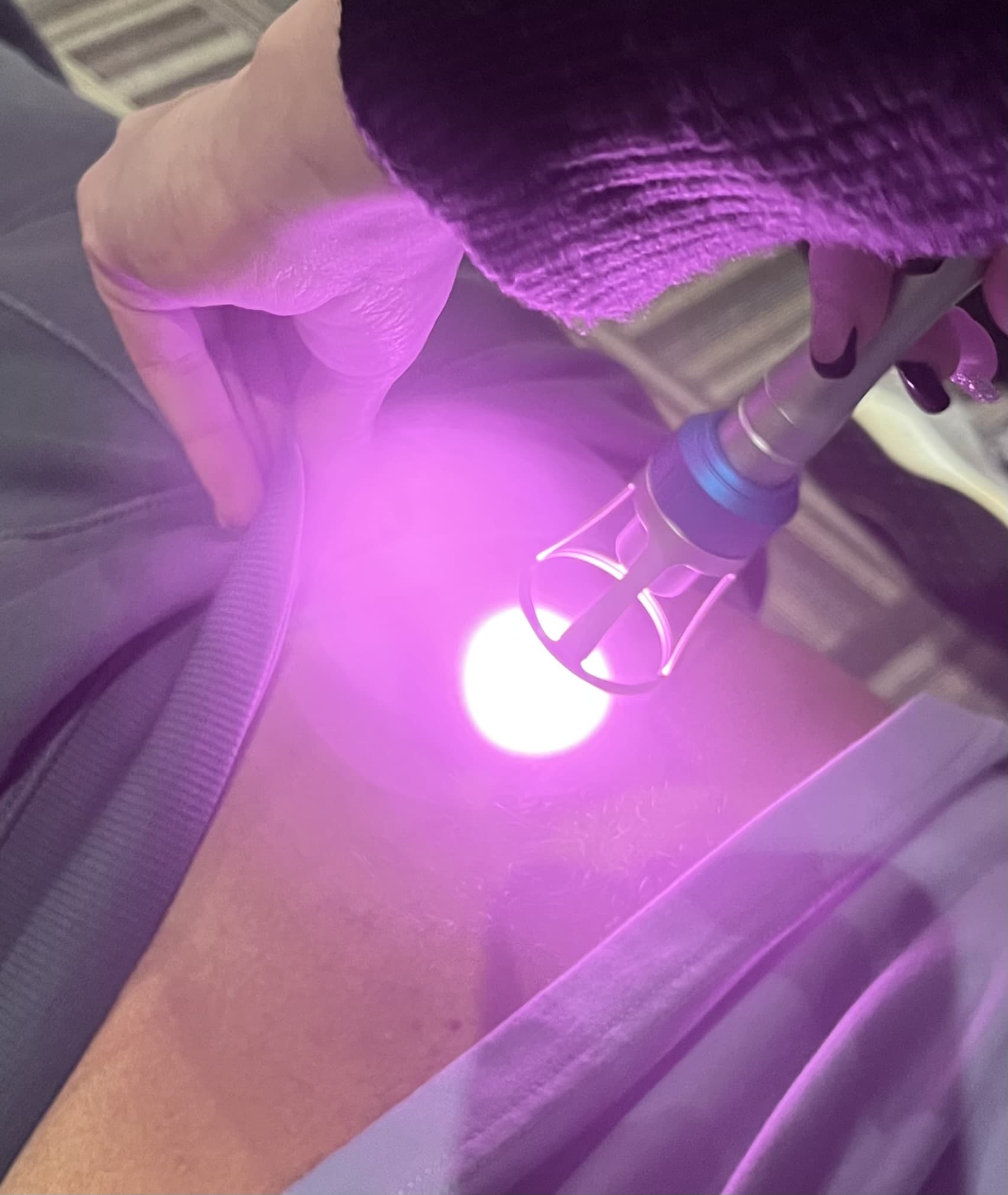
Class IV Hot Laser Therapy
Class IV Hot Laser Therapy can be highly effective in reducing inflammation and promoting healing after an auto injury. The laser energy penetrates deep into tissues, increasing blood circulation and stimulating cellular regeneration to accelerate the body's natural healing process.
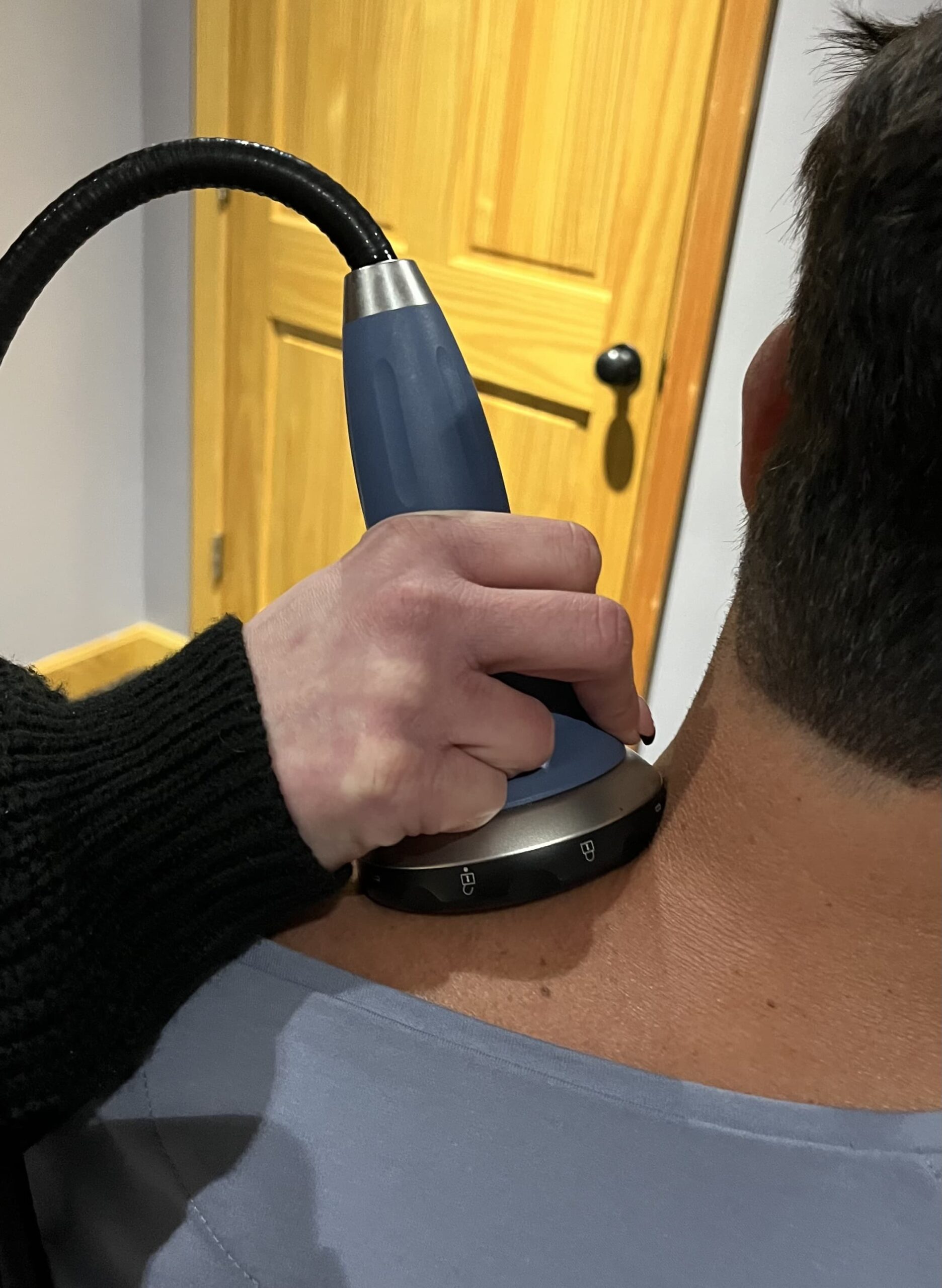
Shockwave Therapy
Shockwave therapy can address pain and soft tissue damage resulting from an auto accident. The high-energy sound waves used in this therapy stimulate the body's natural healing response, breaking down scar tissue, reducing inflammation, and promoting the growth of new blood vessels for long-term pain relief.

Cold Laser Therapy
Cold laser therapy can help manage pain and inflammation immediately following an auto injury. It uses low-level laser energy to stimulate cellular activity and reduce pain, providing relief and promoting healing.

Electro Muscle Stimulation
Electro Muscle Stimulation (EMS) can be used to strengthen muscles weakened or injured in an auto accident. By stimulating muscle contractions, EMS helps to restore muscle function, improve stability, and reduce pain.
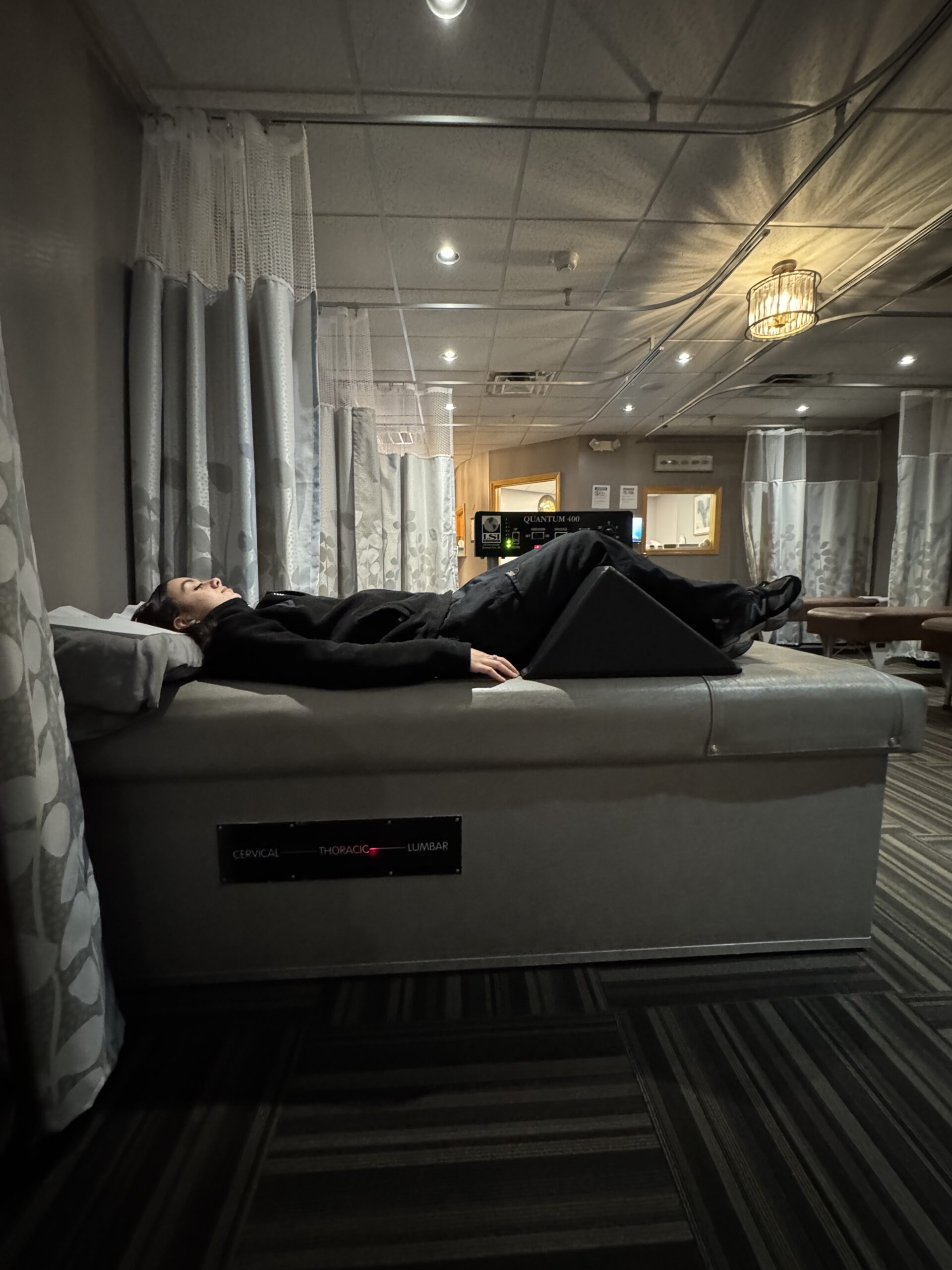
Intersegmental Traction
Intersegmental traction can help reduce pain and improve mobility after an auto injury. This therapy gently stretches the spine, reducing pressure on discs and nerves, which can be particularly beneficial for those experiencing back or neck pain after an accident.
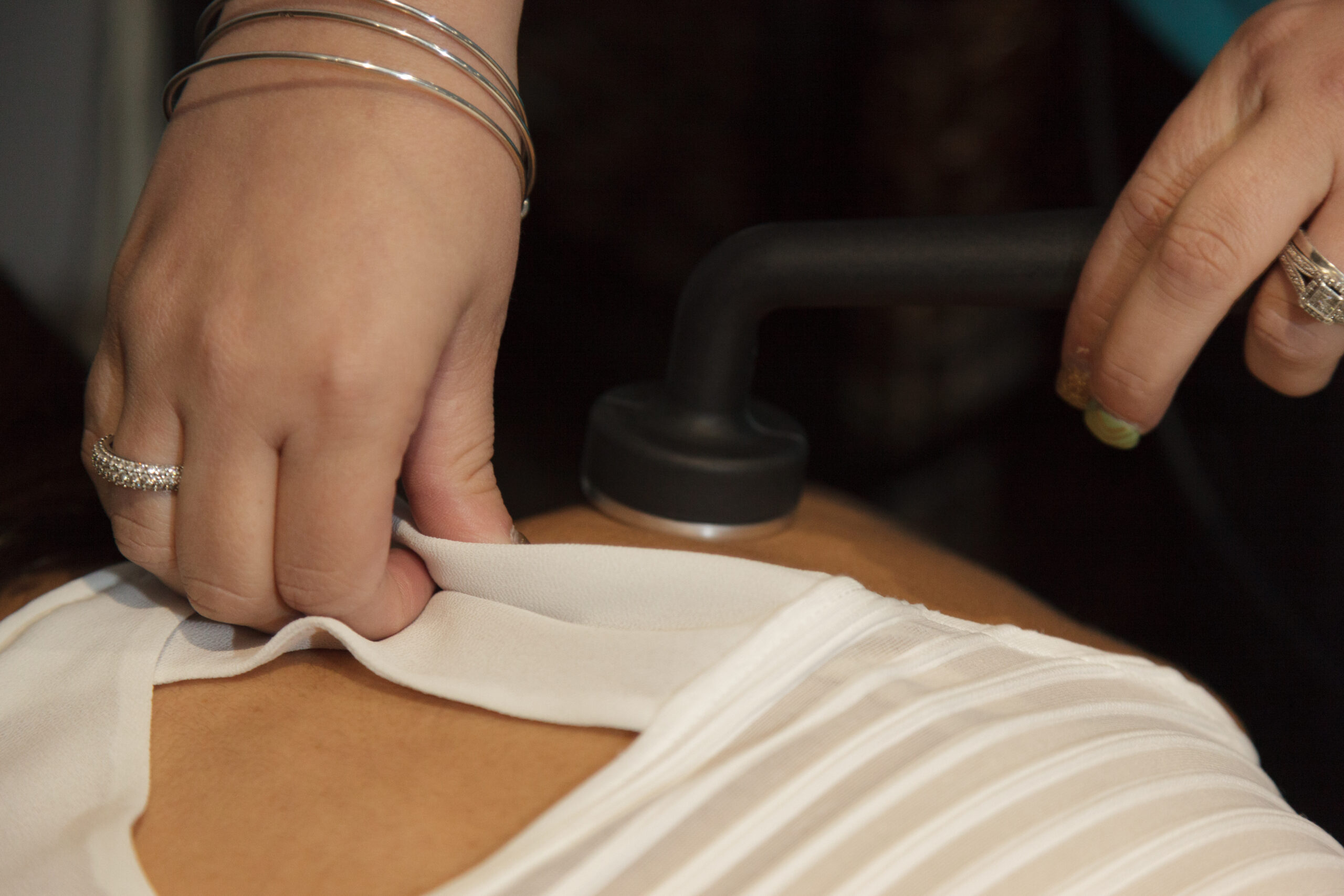
Ultrasound Therapy
Ultrasound therapy can be beneficial in reducing pain and inflammation after an auto injury. The sound waves generate deep heat within the tissues, increasing blood circulation, relaxing muscles, and promoting healing.
Symptoms of Auto Injuries
The symptoms of auto injuries may not always be immediately noticeable; some injuries can take days or weeks to manifest. Common symptoms include:
- Neck pain or stiffness
- Headaches or dizziness
- Lower back pain
- Numbness or tingling in the arms or legs
- Limited range of motion
If you’re experiencing any of these symptoms after an auto accident, it’s essential to seek chiropractic care as soon as possible to prevent further damage and promote healing.
Why Choose DeCrescenzo Chiropractic for Auto Injury Treatment?
At DeCrescenzo Chiropractic, we have years of experience helping patients recover from auto injuries. Our comprehensive approach includes a wide range of treatments, such as spinal adjustments, decompression therapy, Class IV Hot Laser Therapy, Shockwave Therapy, Cold Laser Therapy, Electro Muscle Stimulation, Intersegmental Traction, Myofascial Release, Trigger Point Therapy, and Ultrasound Therapy, to address every aspect of your injury. We’re dedicated to providing personalized care tailored to your needs, ensuring a safe and efficient recovery so you can get back on the road to health.
Frequently Asked Questions
Yes, chiropractic care is highly effective in treating injuries from auto accidents, including whiplash, back pain, and disc injuries. Our treatments address the root cause of your pain and promote healing.
The recovery time depends on the severity of your injury. Some patients experience relief after a few sessions, while others may require ongoing care for several weeks to fully recover.
Yes, chiropractic care is a safe and non-invasive option for treating auto injuries. Our chiropractors use gentle techniques to relieve pain and restore function without surgery or medication, ensuring your safety and comfort during the recovery process.
Contact Us for Auto Injury Treatment in Rhode Island
If you’ve been in an auto accident, DeCrescenzo Chiropractic can help you recover. We offer expert chiropractic care for auto injuries at East Providence, Pawtucket, Providence, and Central Falls locations. To schedule your consultation, simply [explain the process of scheduling, e.g., call our office, fill out an online form, etc.]. This is the first step toward a full recovery.

We offer Chiropractic Treatments across Rhode Island at our 4 convenient locations.
New Patients
Read Our Reviews
Deborah Holden
So my story:
I had a bad car accident back in 2017 that fractured my left wrist, one of my ribs, my neck seized up and couldent move it to the left, and did something to my lower back where later on it went out where it was consistently going out of alignment. Think of you back as an upside down T, as the ( --- ) is the hips/waist and the ( | ) as the spine. My Spine is a (《 ) and my hips is ( / ), higher on one side then the other. This has caused excessive pain at some points. 8 years later I'm still going for monthly maintenance to keep everything in check. My neck can move after a few treatments and I still get the "rice crispy cereal popping sound" but I don't think that'll ever go away but it's jot as loud and I can move my neck. My lower back is the stubborn problem at this point.
They started doing the shockwave therapy maybe a few years ago at this point and I was a difficult patient to get to try it with all the adjustments and the money I was spending when my back would flare up and really be out of alignment and sometimes have 3 visits a week. I gave in and started the shockwave which made them so happy, and myself after. It was night an day difference. Now I know if I have a flairup that option is there. Due to how well the shockwave treatment works, I have not had many flairups because it works. It breaks down the swelling, inflammation, scar tissue, increases blood flow...etc. My muscles are not pulling my waist as tight in one direction anymore.
Now my most recent issue which one would think why the Chiropractor for this. I woke up the other week and couldent walk on my foot. Thought I stepped wrong at work and pulled a muscle. Over a few days it swelled and got worse. I ended up calling the office to get in for Shockwave knowing it helped my back before. I had, and have, Edema in my right foot, ankle, and calf. It was swollen. Like a balloon. They did the shock and Dr Chris told me to still see my primary which I did and found the reason for it and treating that as well. The Shockwave therapy REMOVED AND DRAINED THE EDEMA!!!! It's not a one time fix due to the cause of the Edema but just had another treatment and still a few more to go. The progress is amazing. I'll upload the before and after pic and you can determine yourself. It's just WOW!
Like i said, I love the treatment, the staff, and I'll continue to come here because if it wasn't for them, I'd be falling apart more then I am now. They keep me tuned up.
(Sorry the after pic of my un swollen foot doesn't show much of the ankle)
You’re not just another appointment on their schedule—they make you feel seen, heard, and cared for. After experiencing the level of care here, I can confidently say I will never go to another chiropractic office again. This team has set the bar incredibly high, and I’m so grateful to have found them.


